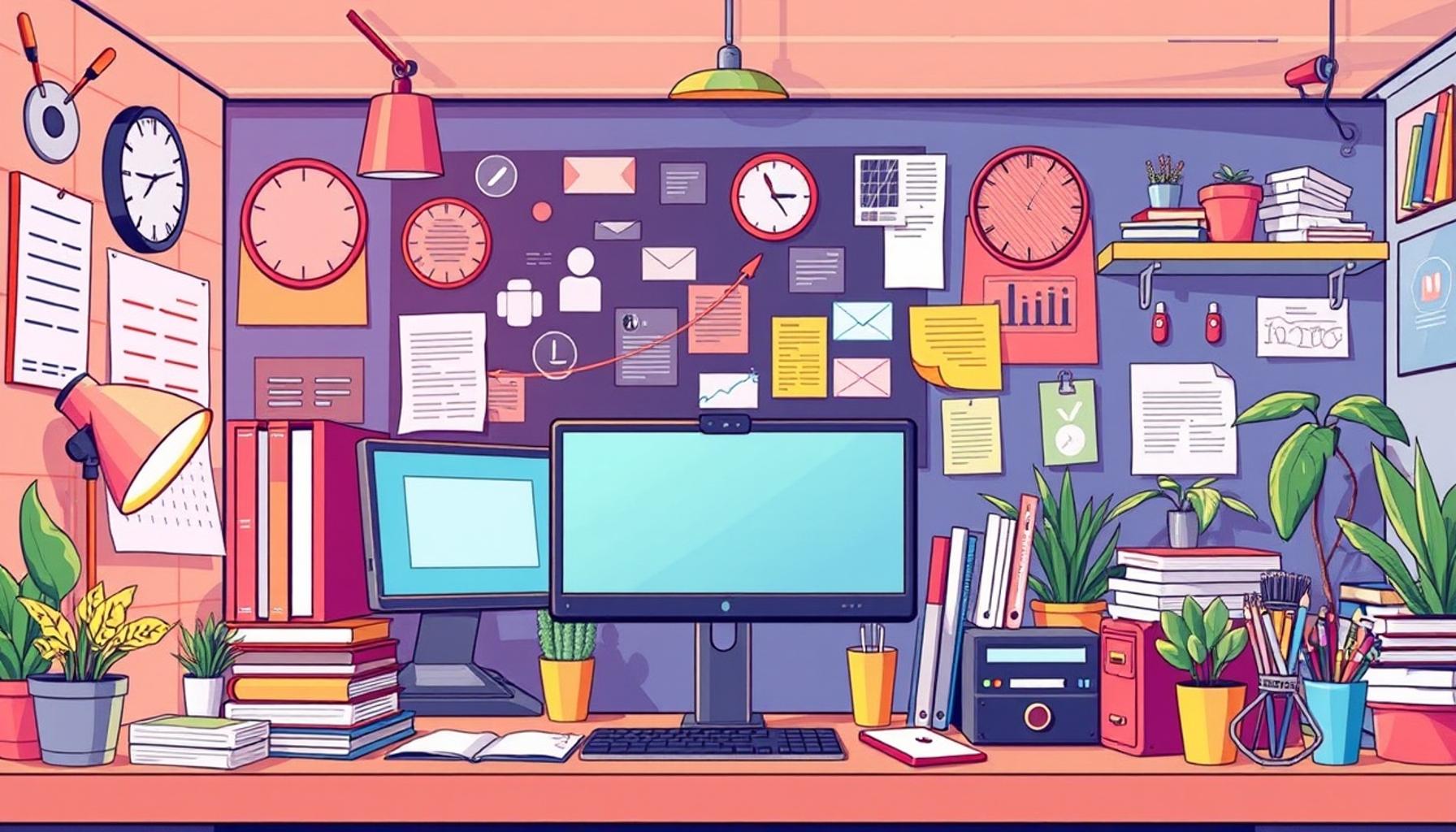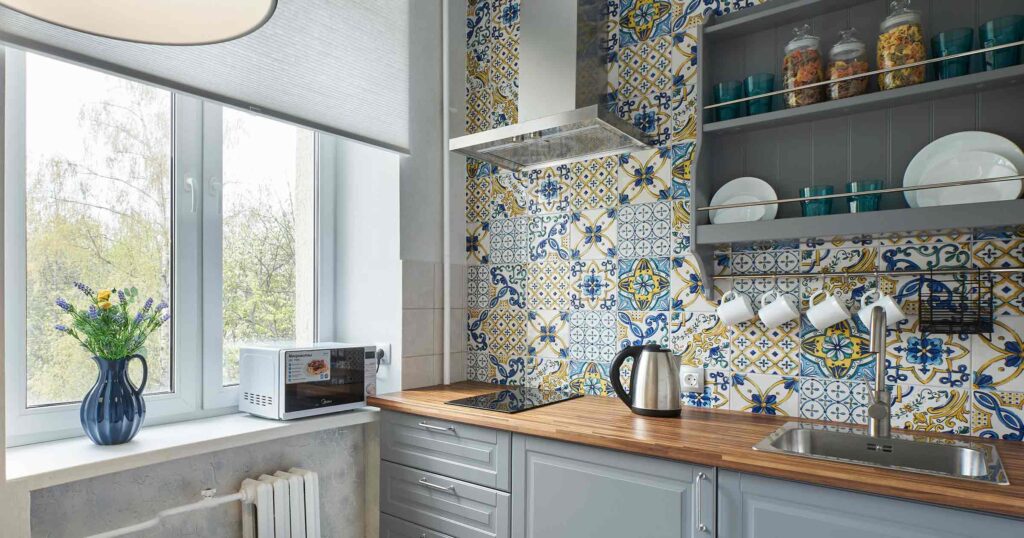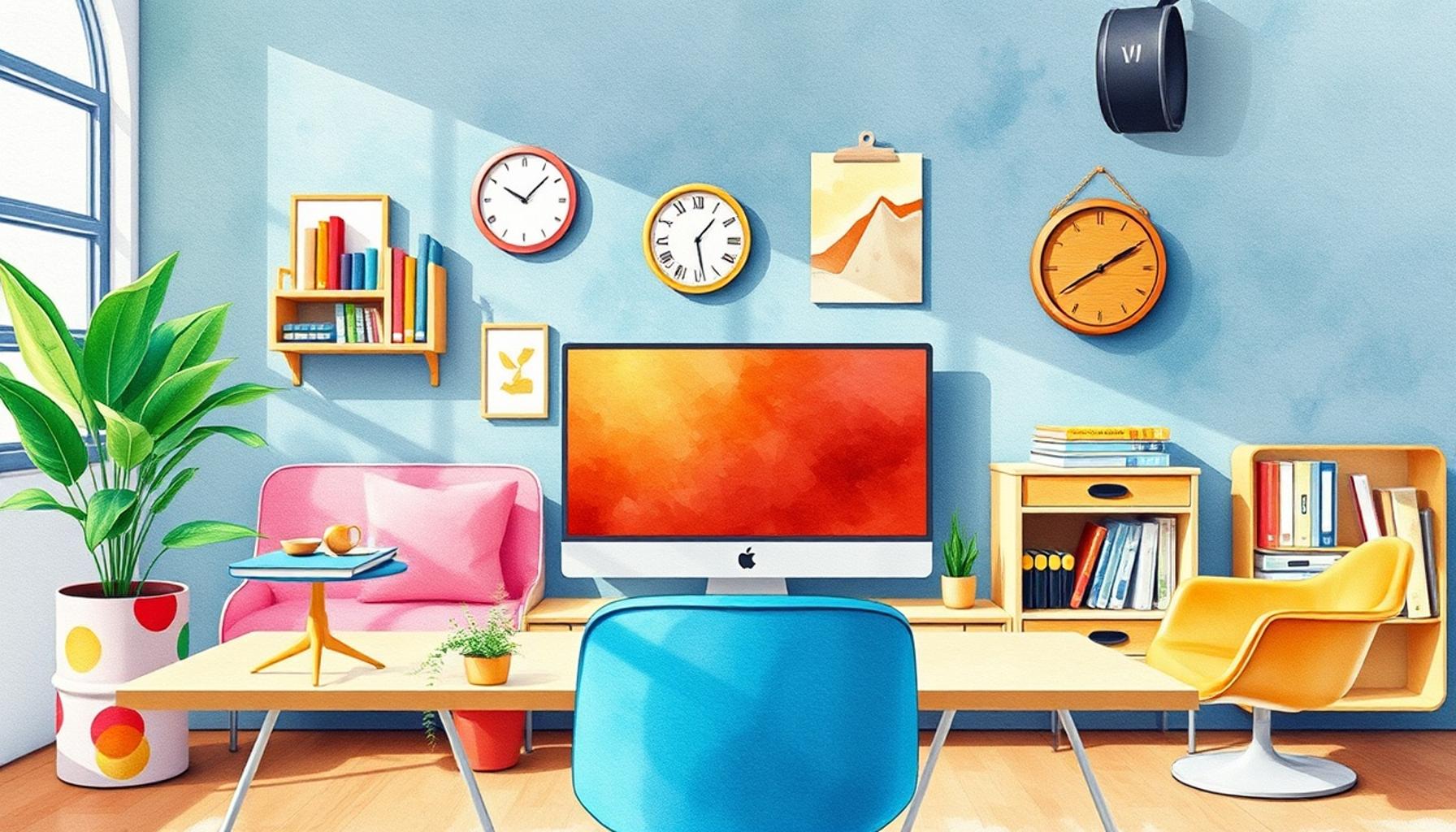An Inviting Gateway to Your Home
Your home’s entrance serves not only as a practical transition between the outside world and your warm interior but also as a crucial first impression for guests. It often reflects your personal style and sets the mood for what lies beyond. A well-organized entrance enhances both the aesthetics of your home and your everyday living experience.
Understanding the Importance of Organization
- Efficient Use of Space: A tidy entrance can make a small space feel larger. By employing smart storage solutions such as vertical shelving or under-bench compartments, you utilize every inch efficiently. This thoughtful approach diminishes clutter and leaves room for ease of movement.
- First Impressions Count: When visitors walk into your home, their first gaze falls on the entrance. A clean, organized space instantly boosts your home’s appeal. For example, a neatly arranged shoe rack not only keeps footwear off the floor but also signals attention to detail, making guests feel welcomed.
- Reduces Stress: A chaotic entrance can set a frantic tone for your day. An organized space fosters tranquility, enabling smoother transitions when you head out in the morning. Imagine the convenience of a dedicated hook for your keys and a place for your bag—this small adjustment can significantly ease your routine.
Transforming your entrance requires more than surface-level improvements; it demands a well-thought-out approach. Beyond cleaning, consideration for functionality and style is paramount. Below, we will explore fundamental strategies and essential items to help you craft an inviting entryway.
Key Areas to Focus On for Transformation
- Storage Solutions: Elevate your entrance with tasteful storage options like decorative benches that double as seating and storage, or stylish baskets that corral miscellaneous items. This not only maintains organization but also ensures that everyday items are within reach when you need them.
- Decorative Elements: Infuse character into your entryway with personalized decor. A vibrant piece of artwork or a well-placed potted plant can invite warmth into the space. Seasonal decorations can also bring charm, reflecting holidays or changes in the weather, making the entrance feel alive and engaging.
- Lighting: Good lighting can create an inviting atmosphere. Opt for warm, ambient lighting—consider a statement fixture or soft sconces to provide adequate brightness. A well-lit entrance not only welcomes guests but also enhances safety, particularly in darker conditions.
By implementing these strategic changes, your entrance can evolve into a beautifully organized and functional space that captures your unique style. This transformation not only elevates your home’s curb appeal but starts your day on a delightful note. Take the time to explore various storage ideas, explore decor options, and invest in proper lighting to create an entrance that truly resonates with who you are. With each thoughtful addition or adjustment, you’ll be inspired to further embrace the joy of inviting spaces in your home.
SEE ALSO: Click here to read another article
Reimagining Your Entrance Space
When it comes to transforming your home entrance into an organized and functional space, understanding the dynamics of your area is vital. The entrance is often the first place you encounter upon returning home, and it sets the tone for the rest of your living environment. By prioritizing organization and functionality, you can create a harmonious blend of aesthetics and practicality that caters to your lifestyle.

Assessing Your Current Layout
Before diving into transformations, take a moment to assess your current entrance layout. Recognize what works and what doesn’t. Is the space cramped with jackets and shoes, or is there a lack of welcoming features? Identifying pain points such as clutter or ineffective use of space will direct your design choices. Here are some key aspects to reflect on:
- Flow of Movement: Evaluate how you and your family navigate through your entrance. Is there a clear pathway, or do items seem to obstruct your way? Ensuring an open and clear flow can significantly enhance the functionality of the area.
- Item Frequency: Consider the items that are most frequently utilized in your entrance. Do you often grab hats, gloves, or bags while rushing out the door? Having dedicated spaces for these items can reduce chaos during busy mornings.
- Personal Style: The entrance should reflect your personal taste as well as be functional. Consider how colors, materials, and decor can create a welcoming environment that resonates with your style while serving practical purposes.
Once you’ve gained insights from your assessment, the next step is to implement changes that elevate the space both aesthetically and functionally.
Storage Solutions: The Cornerstone of Organization
Smart storage solutions are the backbone of an organized entrance. They not only minimize clutter but also maximize accessibility. Consider these innovative ideas to refine your space:
- Built-In Benches: A bench with storage beneath allows for a practical seat while providing a home for shoes and bags, keeping everything out of sight yet easily accessible.
- Wall Hooks and Racks: Install decorative hooks or racks for coats, bags, and hats. Elevating your items off the floor not only saves space but also adds a touch of character to your entrance.
- Shoe Storage Solutions: Utilize vertical shoe organizers or customized shelving units to prevent shoes from piling up. This not only keeps your entrance tidy but also ensures that you can find exactly what you need at a glance.
By combining these elements, you can create a cohesive and functional entrance that meets the demands of your daily life. An organized space not only facilitates smooth transitions throughout your day but also establishes a lasting, welcoming environment for guests. As you forge ahead into the transformation of your home entrance, remember, each thoughtful addition contributes to the larger picture of functionality and harmony in your living space.
Transform Your Home Entrance into an Organized Functional Space
Your home entrance sets the tone for your entire living space. It is the first glimpse visitors have of your personal style and organization skills. By transforming this space into an organized functional area, you create not only a welcoming atmosphere but also a highly efficient entry point.
| Category | Key Features |
|---|---|
| Maximize Storage | Utilize vertical space with hooks and shelves to keep everyday items within easy reach. |
| Visual Appeal | Incorporate aesthetic elements such as artwork and decorative baskets that complement your style. |
Beyond aesthetics, an organized entrance enhances functionality. For instance, the right storage solutions not only keep everything from shoes to keys in their proper place but also streamline your daily routine. Wall-mounted racks and multi-purpose benches can offer both convenience and charm, catering to your organization needs while showcasing your unique style.
Moreover, consider how lighting plays a crucial role in transforming this area. Proper illumination can highlight your organized space and provide safety during darker hours. Decorative or functional lighting fixtures can enhance visibility and create an inviting ambiance, enticing your guests as they step through the door.
Take this opportunity to redefine your entryway into a harmonious blend of functionality and design, compelling you and your guests to enjoy the very essence of your home.
SEE ALSO: Click here to read another article
Enhancing Your Entrance with Style and Function
Once the foundations of organization are in place, it’s time to layer in aesthetics that further enhance your entrance’s functionality. By choosing the right decor and design elements, you can achieve a balance between beauty and practical use. Here are some approaches to consider when giving your entrance a personalized and stylish touch:
Lighting: The Illumination of First Impressions
Lighting plays a pivotal role in setting the ambiance of your home entrance. A well-illuminated space is inviting and significantly improves safety, while also showcasing your design choices. Here are some effective lighting options to contemplate:
- Flush-Mount Ceiling Lights: These understated fixtures are excellent for low ceilings and provide adequate general lighting. Select fixtures that complement your decor style.
- Table Lamps: If space allows, a stylish table lamp on a console can add warmth to your entrance. Choose lamps with a design that mirrors your home’s overall aesthetic.
- Wall Sconces: For a sophisticated touch, install wall sconces flanking your door or in your entrance alcove. They come in various styles and can enhance the architecture of your space.
Opt for energy-efficient bulbs that not only save electricity but also provide a soft, inviting glow, perfect for late arrivals. Consider incorporating dimmers for a versatile lighting solution that adapts to various moods and times of day.
Personalized Decor: Making it Your Own
Your entrance should reflect your personality and create an inviting atmosphere. Selecting decor elements that resonate with you can drastically alter the feel of your space. Here are some popular items to consider:
- Seasonal Wreaths: Switching out a wreath on your door for different seasons can instantly refresh the look of your entrance and add charm.
- Entry Mats: Durable entry mats not only trap dirt but also serve as a canvas for creativity. Choose a design that incorporates meaningful quotes or family names, adding a personal touch.
- Artwork or Mirrors: A reflective surface like a mirror not only adds depth but also creates an illusion of a larger space. Artwork that complements your style helps express your family’s character.
Remember, each item should serve a purpose while enriching the character of your space. A carefully curated entrance establishes a narrative that guests will perceive even before they step inside your home.
Functional Furniture: Multi-Purpose Solutions
In many homes, square footage can be limited, but that shouldn’t hinder functionality. Selecting multi-purpose furniture can transform your entrance into a versatile space, capable of serving several not only as stylish but also as functional elements:
- Shoe Cubbies or Baskets: Choose decorative baskets or cubbies to corral shoes and other items in a visually pleasing way. This helps maintain organization without compromising style.
- Fold-Down Desks: If you often handle mail or pay bills at the entrance, a fold-down desk can provide a convenient workspace without taking up valuable space.
- Storage Ottomans: Stylish ottomans that double as storage can serve as extra seating while also storing umbrellas, blankets, or other items you need quick access to.
Through these personalized touches and functional enhancements, your entrance can transform into a well-organized space that is not only practical but also tells your unique story. Every element, from décor and lighting to furniture choices, contributes to a cohesive environment that captures the essence of your home. As you explore these choices, consider how they align with your daily routines and the experiences you want to create for both yourself and your guests.
CHECK OUT: Click here to explore more
Conclusion: A Welcoming Transformation Awaits
Transforming your home entrance into an organized and functional space is not merely a home improvement project; it’s a chance to showcase your personal style while enhancing everyday convenience. Throughout this article, we’ve explored how thoughtful organization, personalized decor, and functional furniture can breathe new life into your entryway. Each element should harmoniously come together to create a space that reflects your personality and meets your family’s needs.
As you embark on this transformation journey, remember that the entrance sets the tone for your entire home. Investing in strategic lighting not only elevates the aesthetic but also improves safety, guiding your family and guests effortlessly through the space. With personalized touches like seasonal wreaths and creative entry mats, you can craft a welcoming atmosphere that evolves throughout the year. Moreover, embracing multi-purpose furniture ensures that your entrance remains neat and functional, even in the most limited of spaces.
Consider this transformation as a continuous process, where you can adapt and refine the elements to better suit your lifestyle over time. By prioritizing both style and functionality, your home entrance will ultimately become a reflection of who you are—a lasting first impression that invites warmth and comfort. Start today, and embrace the opportunity to create a captivating entryway that you and your guests will love stepping into.

Linda Carter is a writer and organization expert specializing in minimalism and personal organization. With extensive experience helping individuals create clutter-free, functional spaces and adopt mindful habits, Linda shares her knowledge on our platform. Her goal is to empower readers with practical advice and strategies to simplify their lives, stay organized, and achieve a sense of calm and balance in their daily routines.













